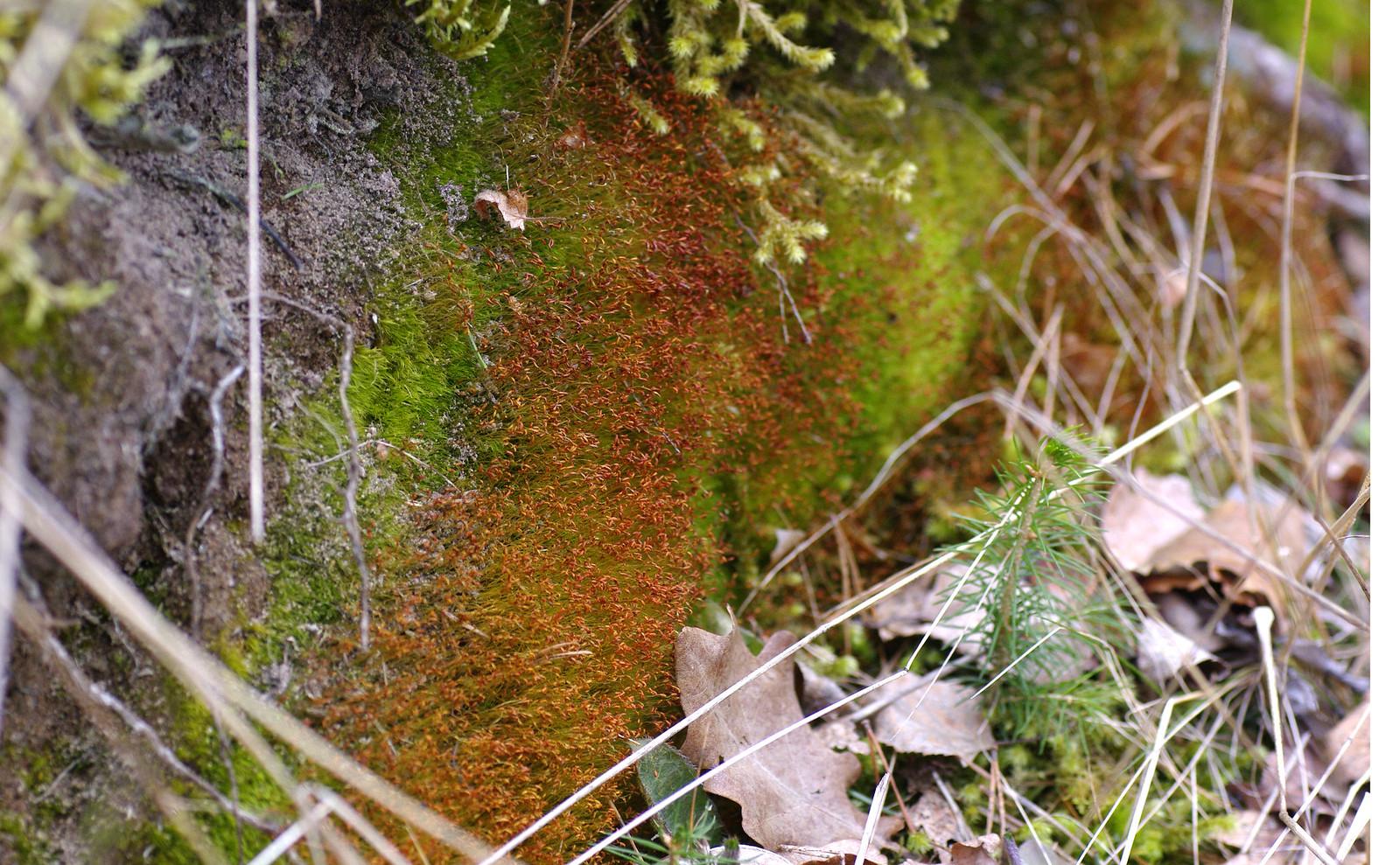
25562039994_fa75793504_h.jpg from: https://www.flickr.com/photos/126598284@N05/albums/72157678486468173
Exploring the Fascinating World of Ptychomitrium Mucronatum Moss
Introduction
Mosses are some of the most ancient and resilient plants on Earth, having evolved over 400 million years ago. One particularly interesting species is Ptychomitrium mucronatum (Müll.Hal.) Schimp. ex Paris, a moss in the Ptychomitriaceae family. In this blog post, we’ll take a closer look at the morphology, distribution, habitat, and ecological roles of this fascinating bryophyte.
Background on Mosses
Mosses are non-vascular plants in the division Bryophyta. Unlike other land plants, they lack true roots, stems, and leaves. Instead, they have rhizoids that anchor them and absorb water and nutrients. Mosses reproduce via spores rather than seeds and are found in a wide range of habitats worldwide, from arctic tundra to tropical rainforests.
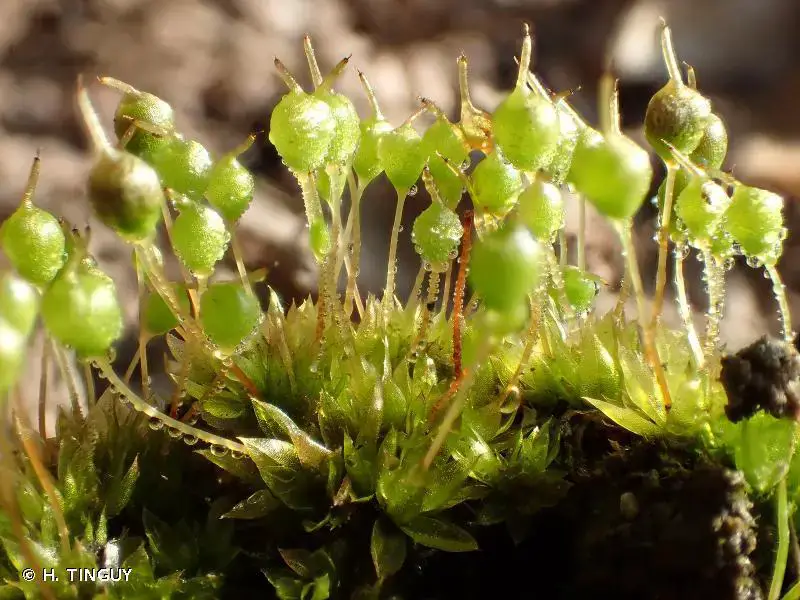
193766.jpg from: https://inpn.mnhn.fr/espece/cd_nom/5659?lg=en
Morphology and Identification
Ptychomitrium mucronatum is a small, cushion-forming moss. Its leaves are lanceolate with a mucronate (sharp-pointed) tip, hence the species name “mucronatum“. The leaves are also strongly crisped and contorted when dry. Capsules are ovoid to cylindrical on a short seta. Key identification features include:
- Lanceolate leaves with mucronate tips
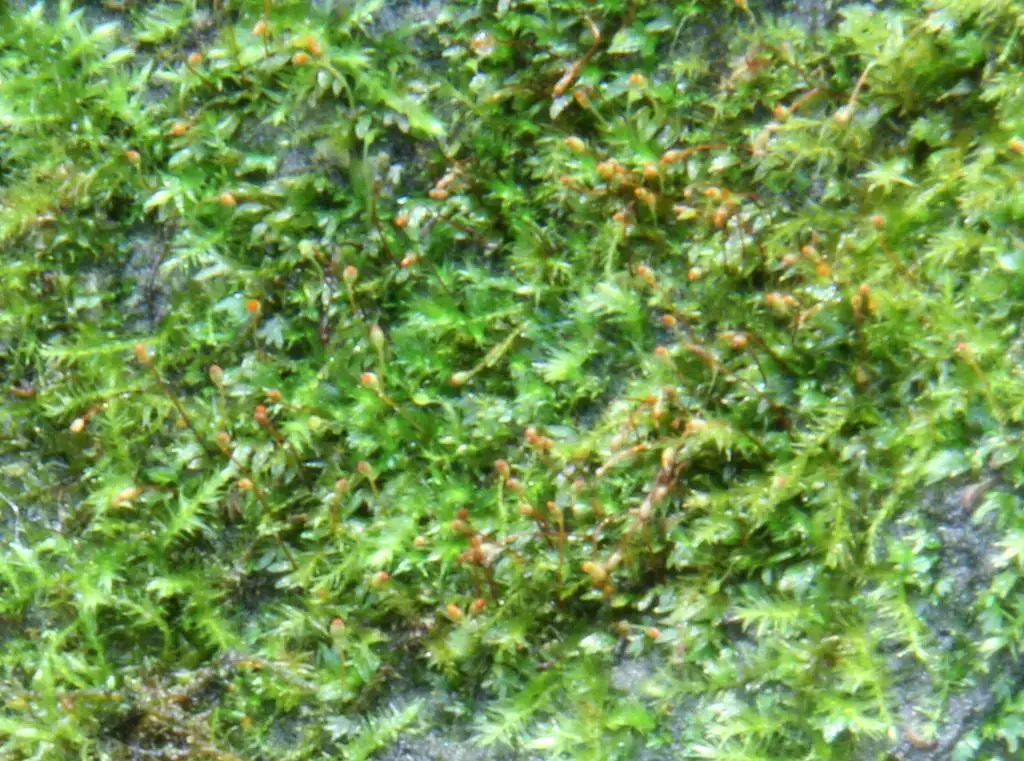
jim__stasz_16332754211_d5b2805c58_b.jpg from: https://www.marylandbiodiversity.com/view/10887
- Strongly crisped and contorted leaves when dry
- Ovoid to cylindrical capsules on short setae
- Forms small, dense cushions on rock
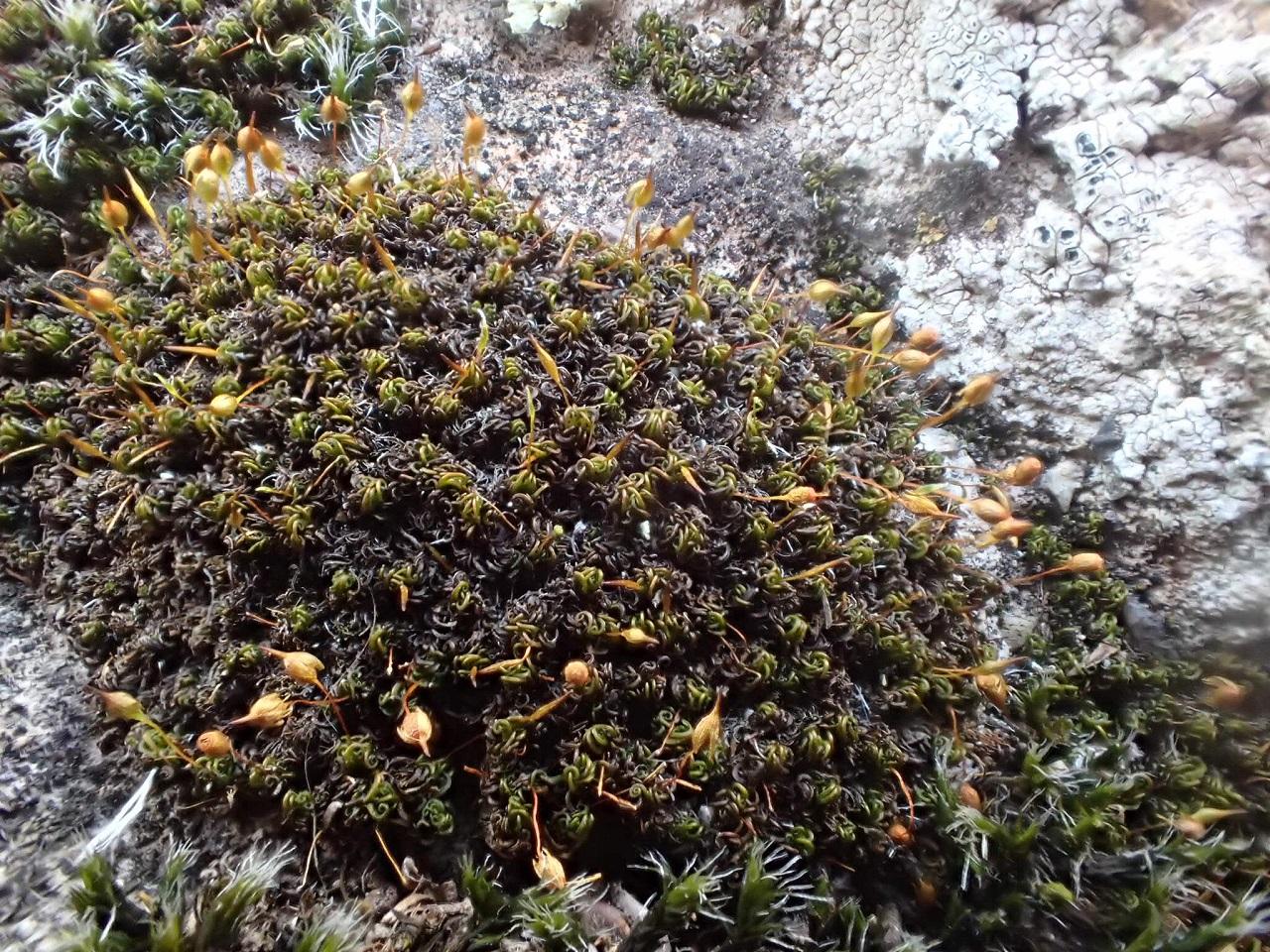
pt_sinense13.jpg from: https://admissions.wnmu.edu/academic/nspages/gilaflora/ptychomitrium_sinense.html
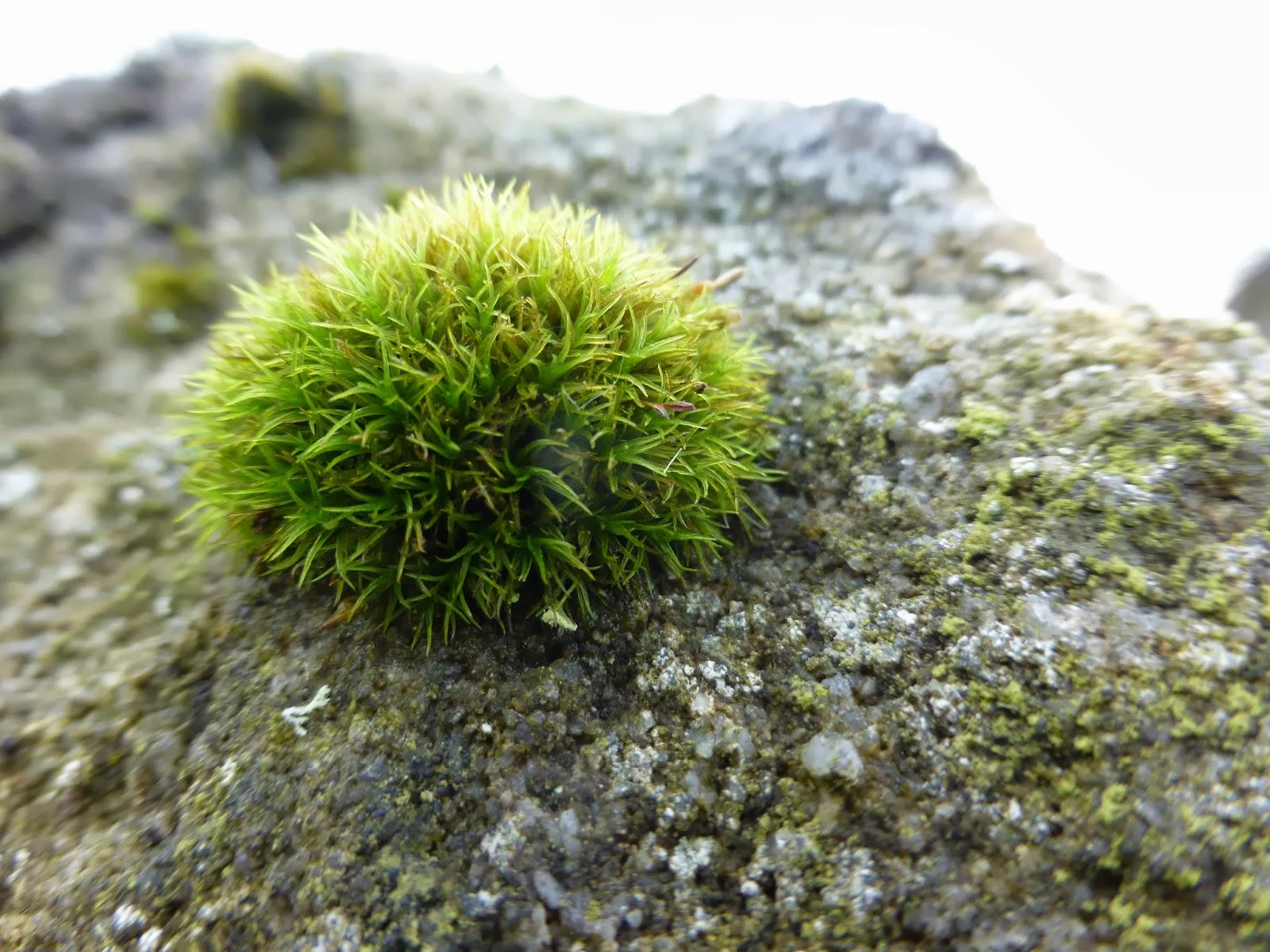
ptychomitrium-polyphyllum-gtr-pincushion-ponden.jpg from: https://rainforest-save.blogspot.com/2013/10/ynu-bryophytes-visit-to-ponden-on-w.html
Global Distribution and Habitat
This species has a widespread but scattered distribution, occurring in Europe, Asia, Africa, and the Americas. It grows on exposed, acidic rock outcrops and boulders, often in montane areas. The ability to tolerate harsh, desiccating conditions allows it to inhabit these challenging microhabitats.
Ecological Roles and Adaptations
Like other mosses, P. mucronatum plays important ecological roles:
- Helps retain moisture and stabilize soil/rock surfaces
- Provides microhabitats for invertebrates
- Pioneer species that helps rock surfaces accumulate organic matter
- Survives desiccation by curling leaves to reduce water loss
Its small, compact growth form and ability to withstand periodic drying out are key adaptations to its rock outcrop habitat.
| Characteristic | Description |
|---|---|
| Division | Bryophyta |
| Class | Bryopsida |
Family
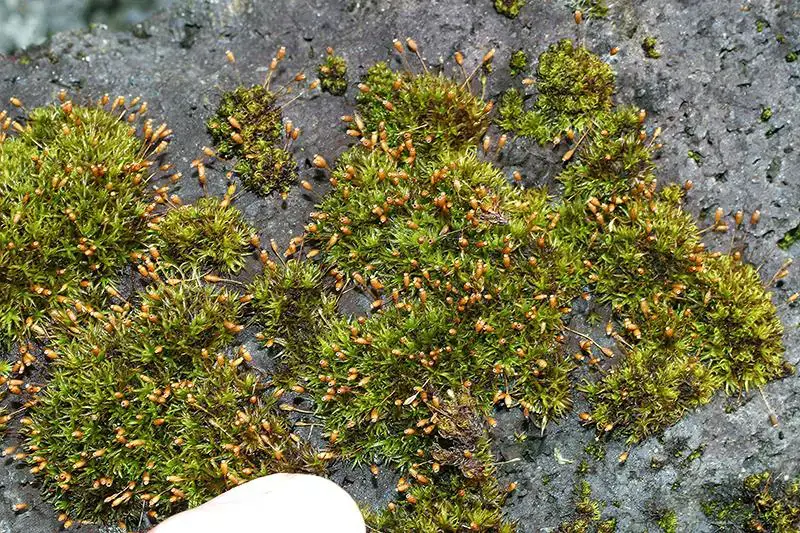 ptychomitrium_aust535_plt18-800.jpg from: https://www.nzplants.auckland.ac.nz/en/about/mosses/native-species/ptychomitriaceae/ptychomitrium-australe.html |
Ptychomitriaceae |
| Genus | Ptychomitrium |
| Species | P. mucronatum |
| Leaf Shape | Lanceolate with mucronate tip |
Leaf Orientation (Dry)
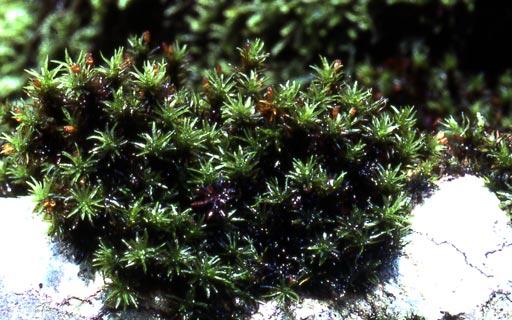 Ptychomitrium-dentatum100L.jpg from: https://digital-museum.hiroshima-u.ac.jp/~museum/habit/moss_habit/Ptychomitrium dentatum/Ptychomitrium_dentatum.html |
Strongly crisped and contorted |
| Capsule Shape | Ovoid to cylindrical |
| Seta Length | Short |
| Habitat | Exposed, acidic rock |
| Distribution | Widespread but scattered |
Conclusion
Ptychomitrium mucronatum is a prime example of how mosses have evolved to occupy challenging ecological niches like exposed rock surfaces. Its global distribution and morphological adaptations make it a fascinating subject of study for bryologists and naturalists alike. Next time you’re hiking past some boulders, take a closer look – you might just spot the tiny but mighty Ptychomitrium mucronatum! What other extreme habitats have mosses conquered with their incredible resilience and adaptability?